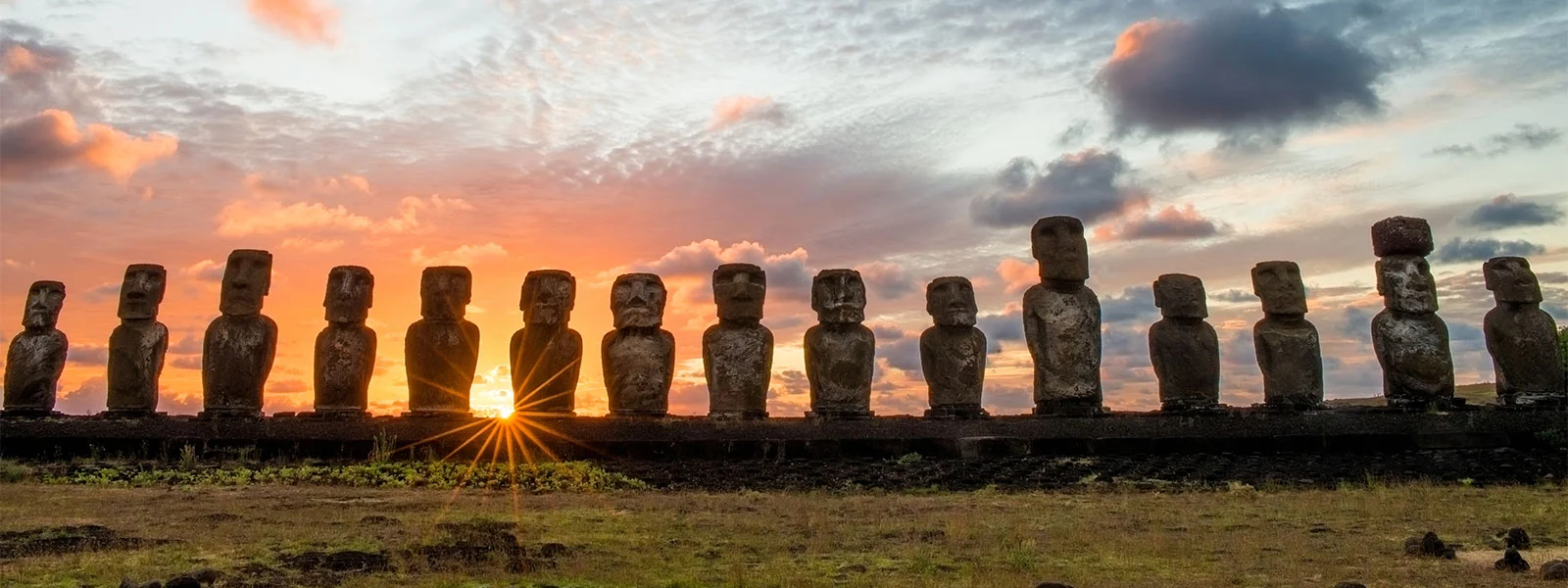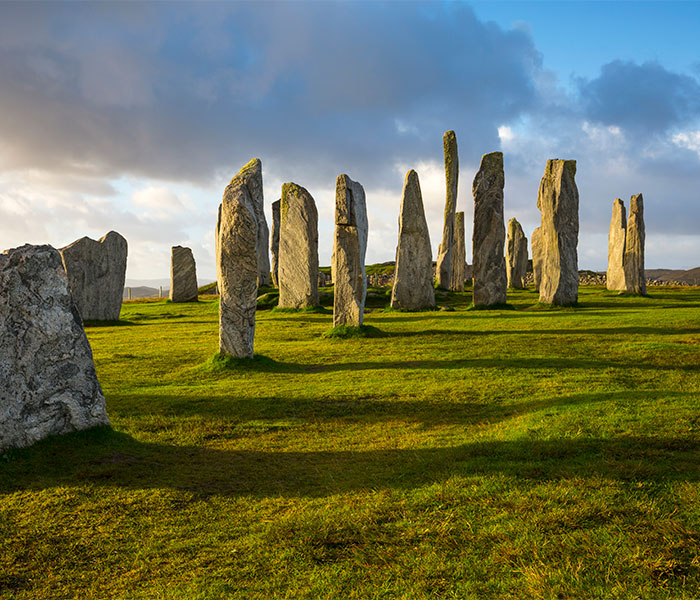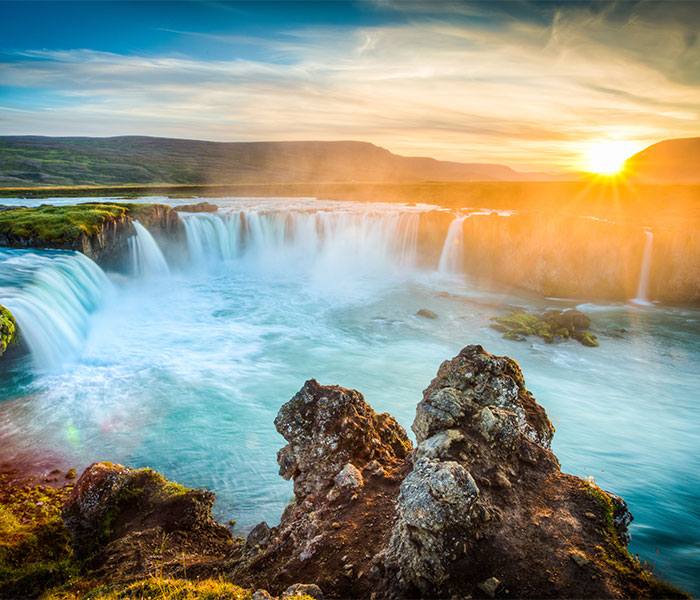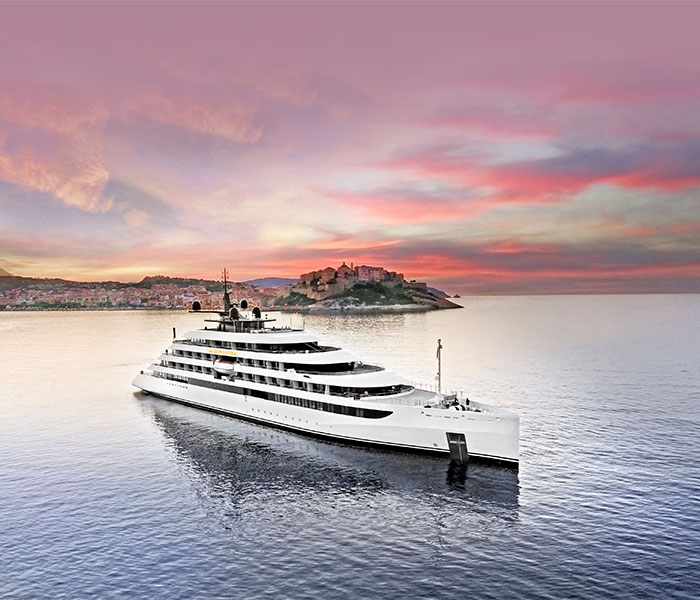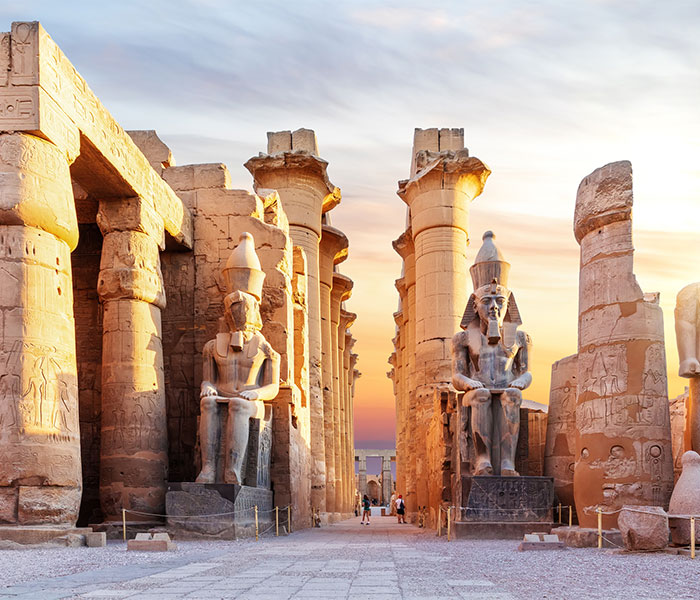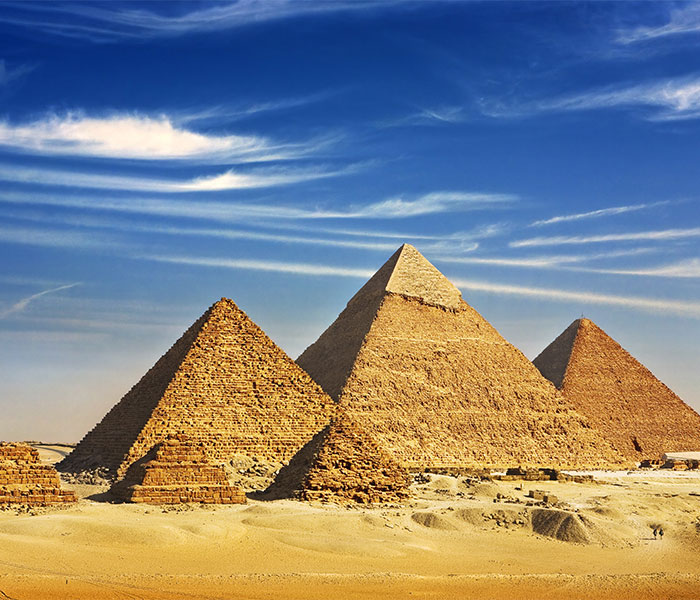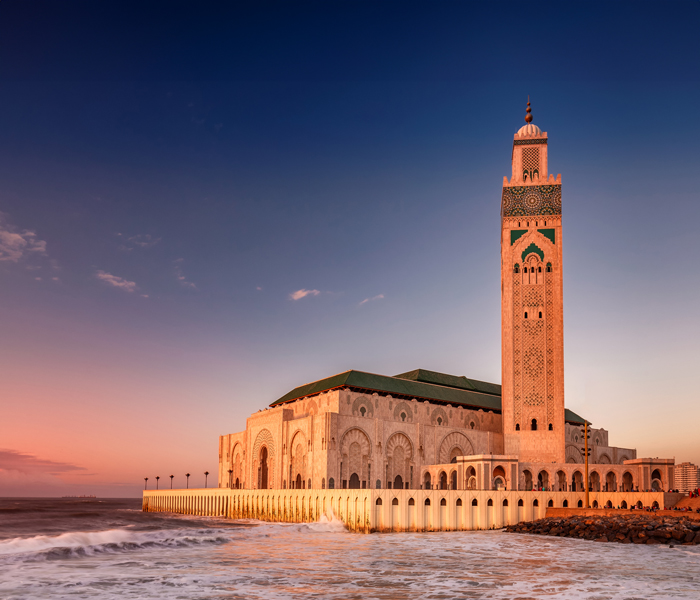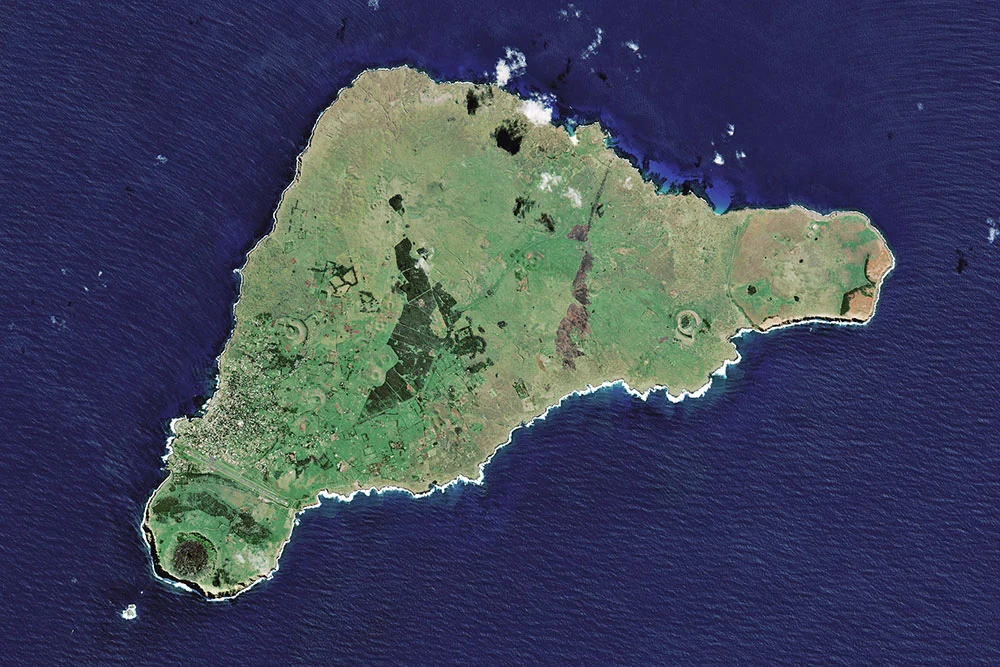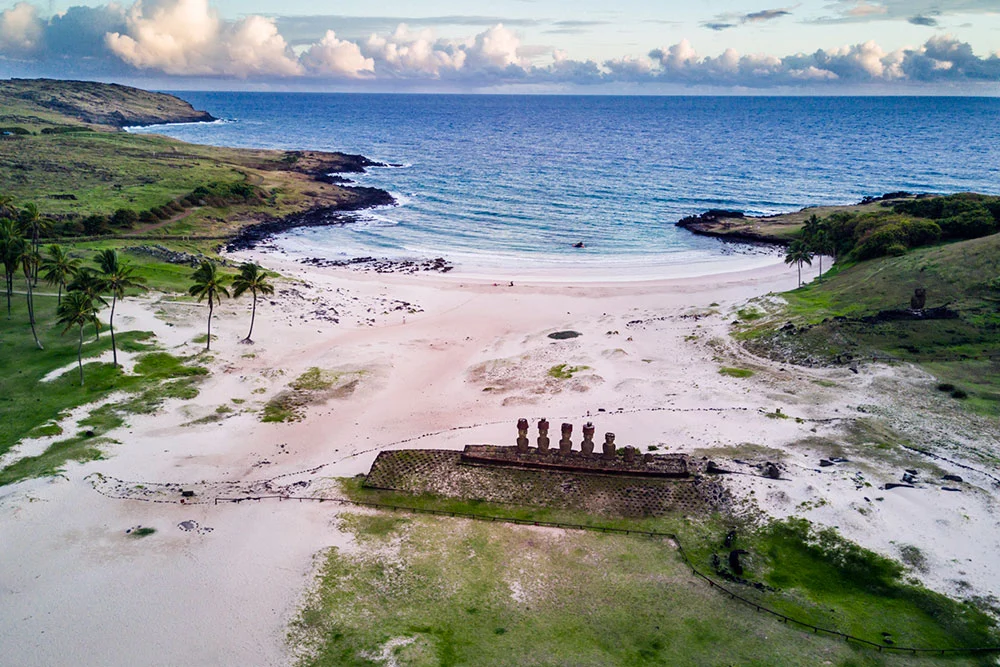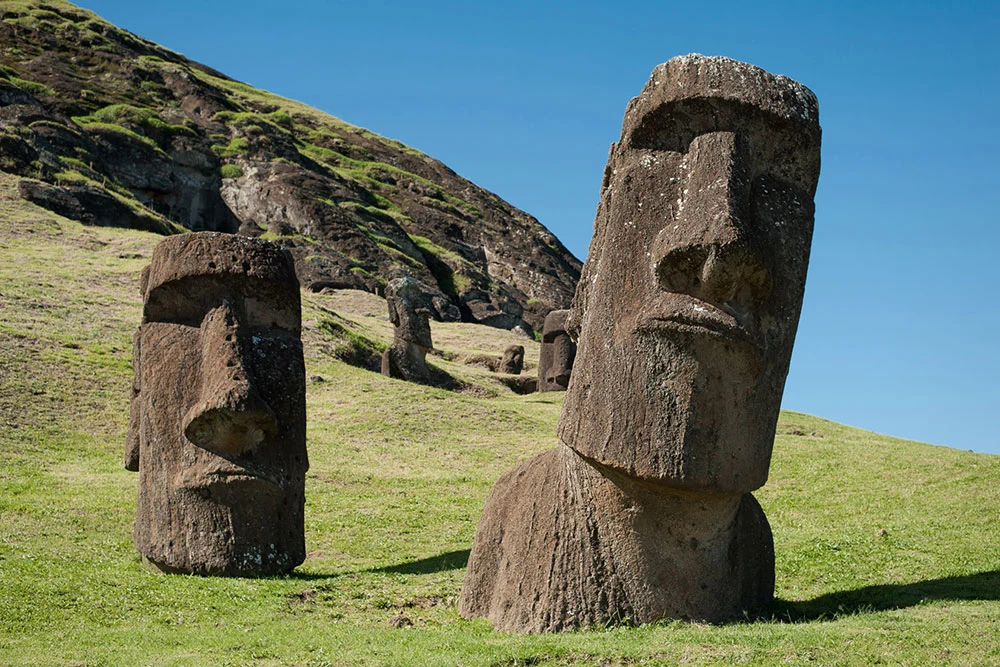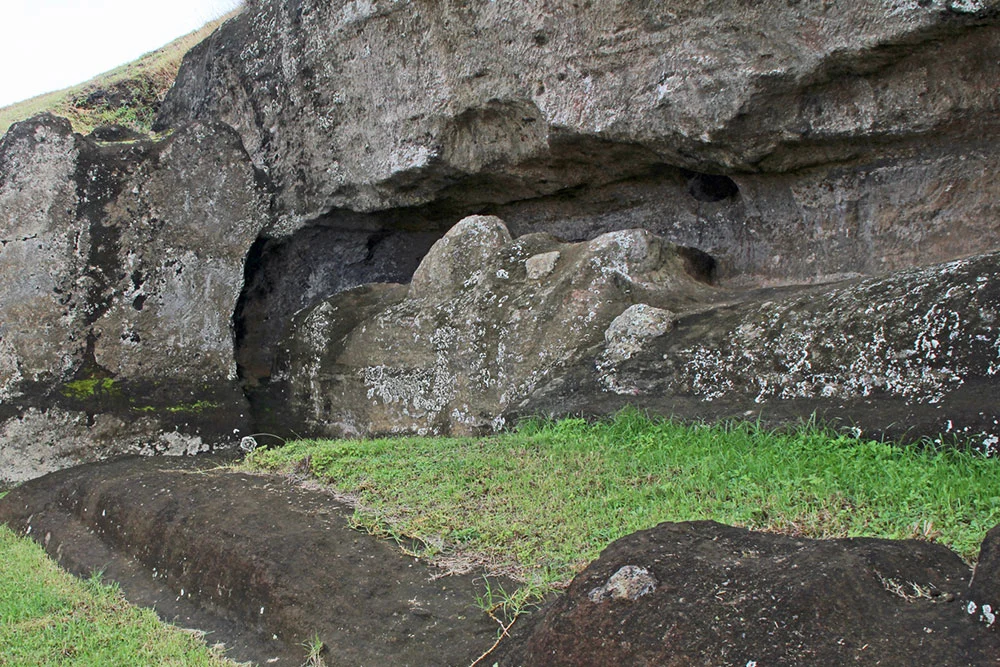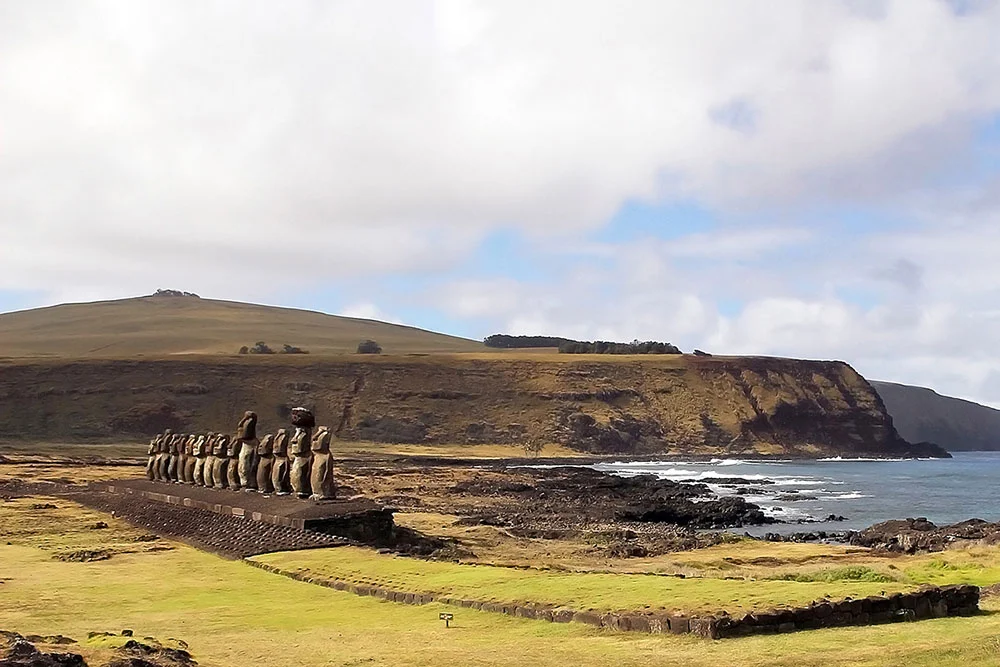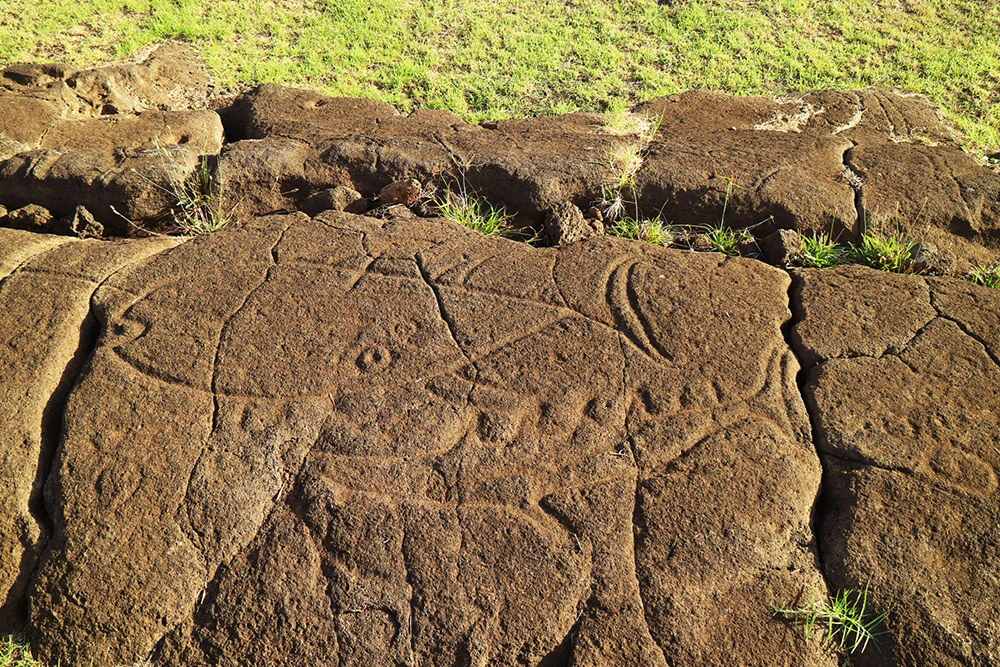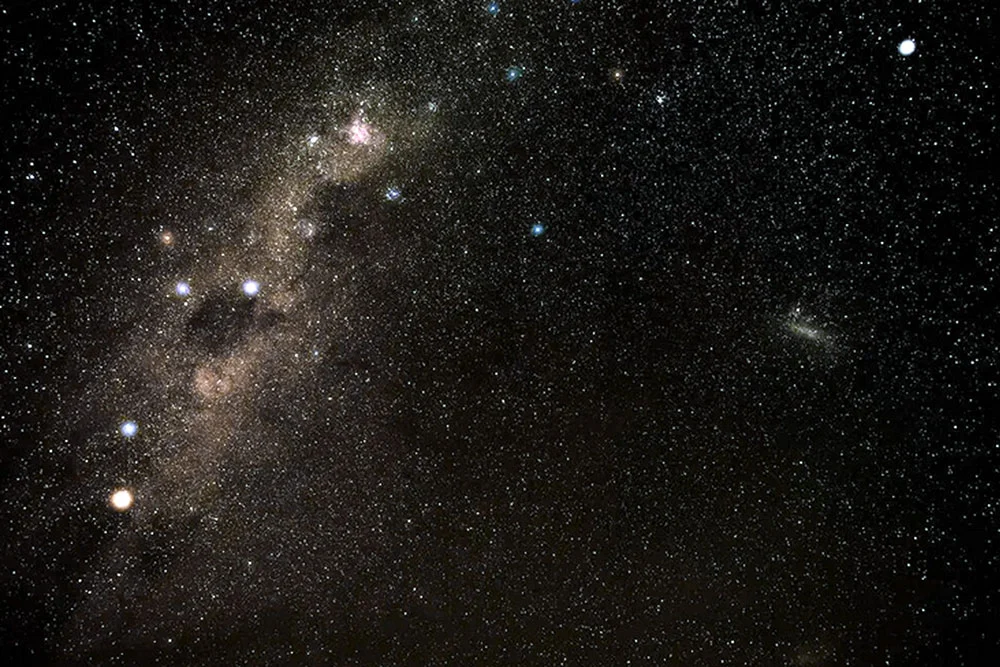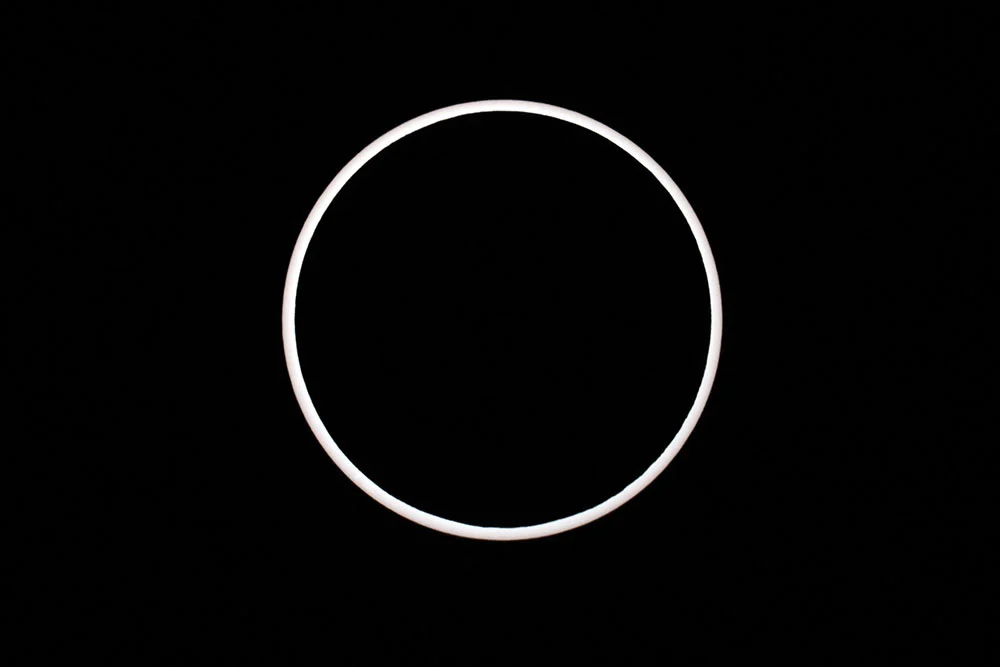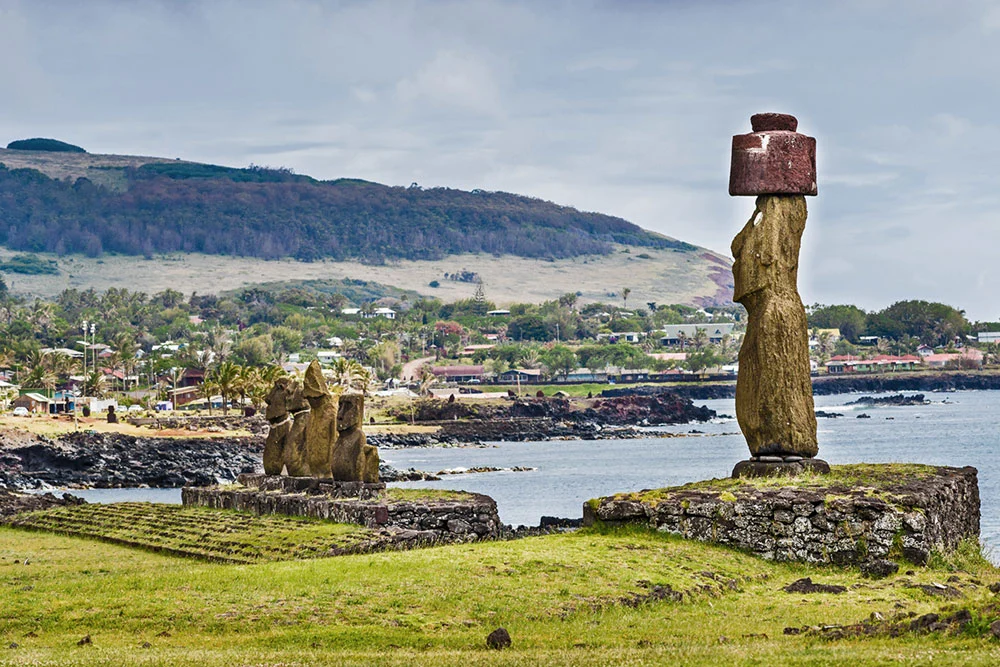Atacama Desert & Easter Island Annular Eclipse
TravelQuest’s 2024 Easter Island Eclipse tour first takes us to Chile’s capital Santiago, then on to the coastal gems of Valparaíso and Viña del Mar, and finally into the Atacama Desert for three nights of spectacular stargazing. For Northern Hemisphere stargazers visiting Chile, the southern night sky is a treasure trove of bright stars, dazzling star clusters, and lovely nebulae. In late September, the showstopper is the Milky Way. High overhead, the brilliant galactic core is an amazing sight, with its millions of stars interspersed by dark dust lanes and flecked with nebulae and star clusters. Rising out of the southeast are the Large and Small Magellanic Clouds, while sinking into the southwest are the Southern Cross and Omega Centauri. From our hotel grounds on the outskirts of San Pedro de Atacama, this is a celestial spectacle not to be missed.
Then we cross the Pacific to Rapa Nui. Here, our Easter Island travel itinerary includes visits to numerous moai and other historical sites before settling in to watch the annular solar eclipse. You would not expect to see many solar eclipses from this 630 square mile speck of land in the southeastern Pacific Ocean—and you’d be right. Since 800 A.D., by which time Easter Island was definitely inhabited, there have been only five annular eclipses visible from its shores. The last one was in 1788; the next isn’t until 2345.
An annular eclipse occurs when the new Moon passes directly across the face of the Sun but never completely hides it. At mid-eclipse, the Moon is surrounded by a ring of brilliant sunlight—the so-called “Ring of Fire.” Indeed, the word annular derives from the medieval Latin “annularis,” meaning “pertaining to a ring” or “ring shaped.” We’ll watch the eclipse from our private site in Hanga Roa near Ahu Tahai, where several Easter Island statues stand with their backs to the ocean. Here we’ll witness more than six minutes of annularity. According to Jay Anderson, TravelQuest’s eclipse meteorologist, “Easter Island is not noted for its sunny weather, yet for this eclipse, it provides the best viewing anywhere along the track. Twenty-one years of satellite data show that October 2nd skies would have easily shown the eclipse on 12 days, an average of just under 60 percent. With a little movement, as many as 15 days would be “eclipse-worthy,” especially as the Sun will be nearly 70 degrees high in the sky.”
Mysterious moai. Dark night skies. An uncommon eclipse. Our Easter Island tour for the 2024 annular eclipse, with pre-eclipse stargazing in the Atacama Desert, is a one-of-a-kind experience. Easter Island travel is on many bucket lists, but our special trip has limited available space. If you’ve always wanted to see these Easter Island statues, why not combine your visit with an annular solar eclipse. You can learn more about this tour on our Atacama Desert & Easter Island Annular Eclipse webpage, or you can directly reserve your place on this exceptional trip.


